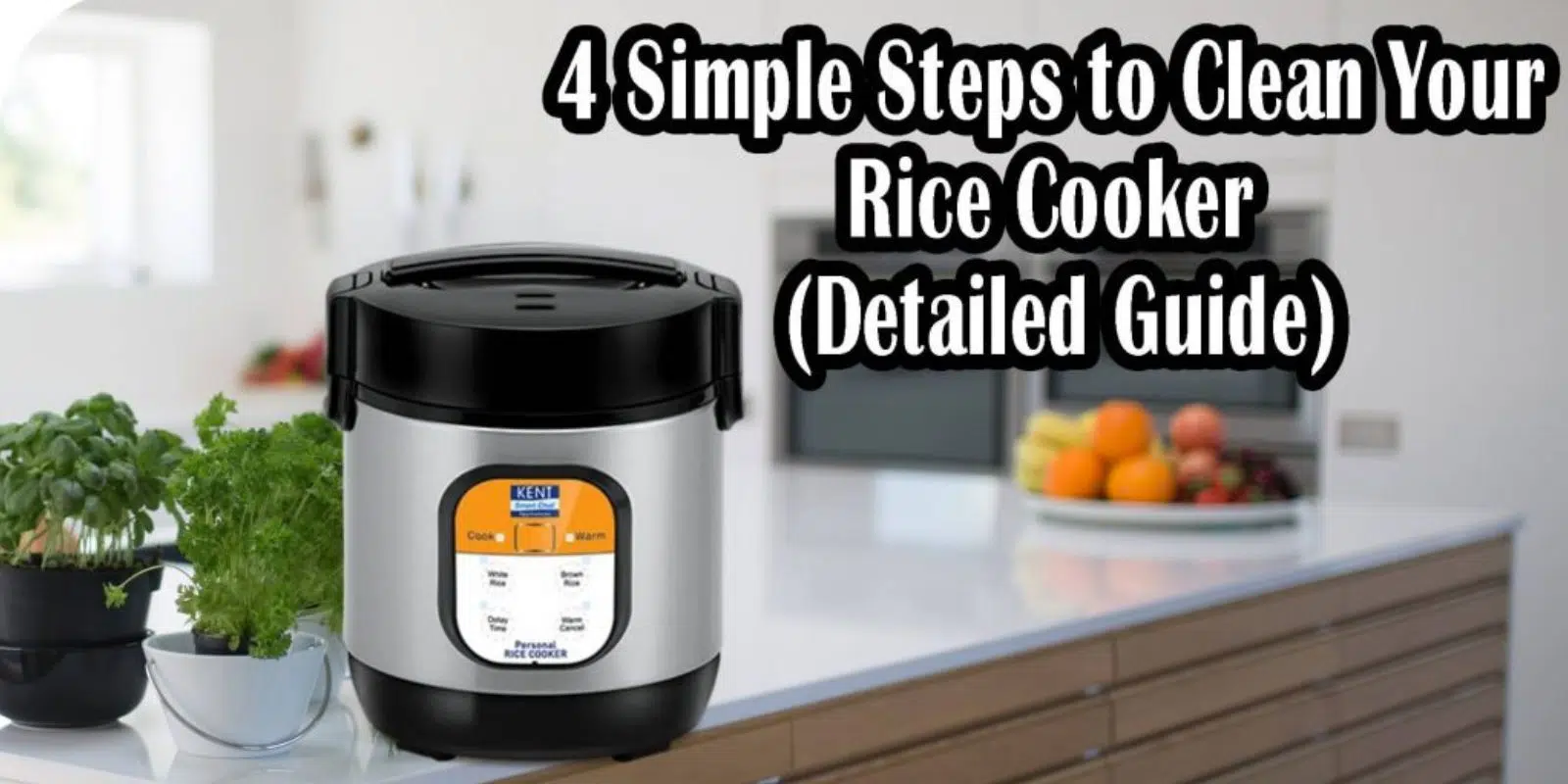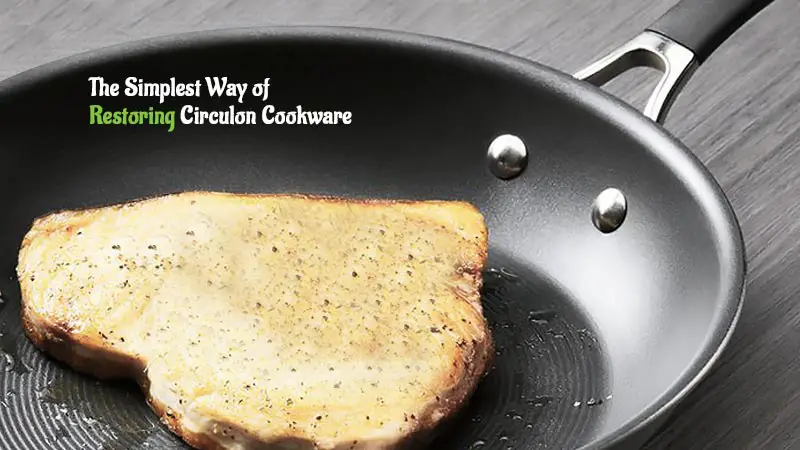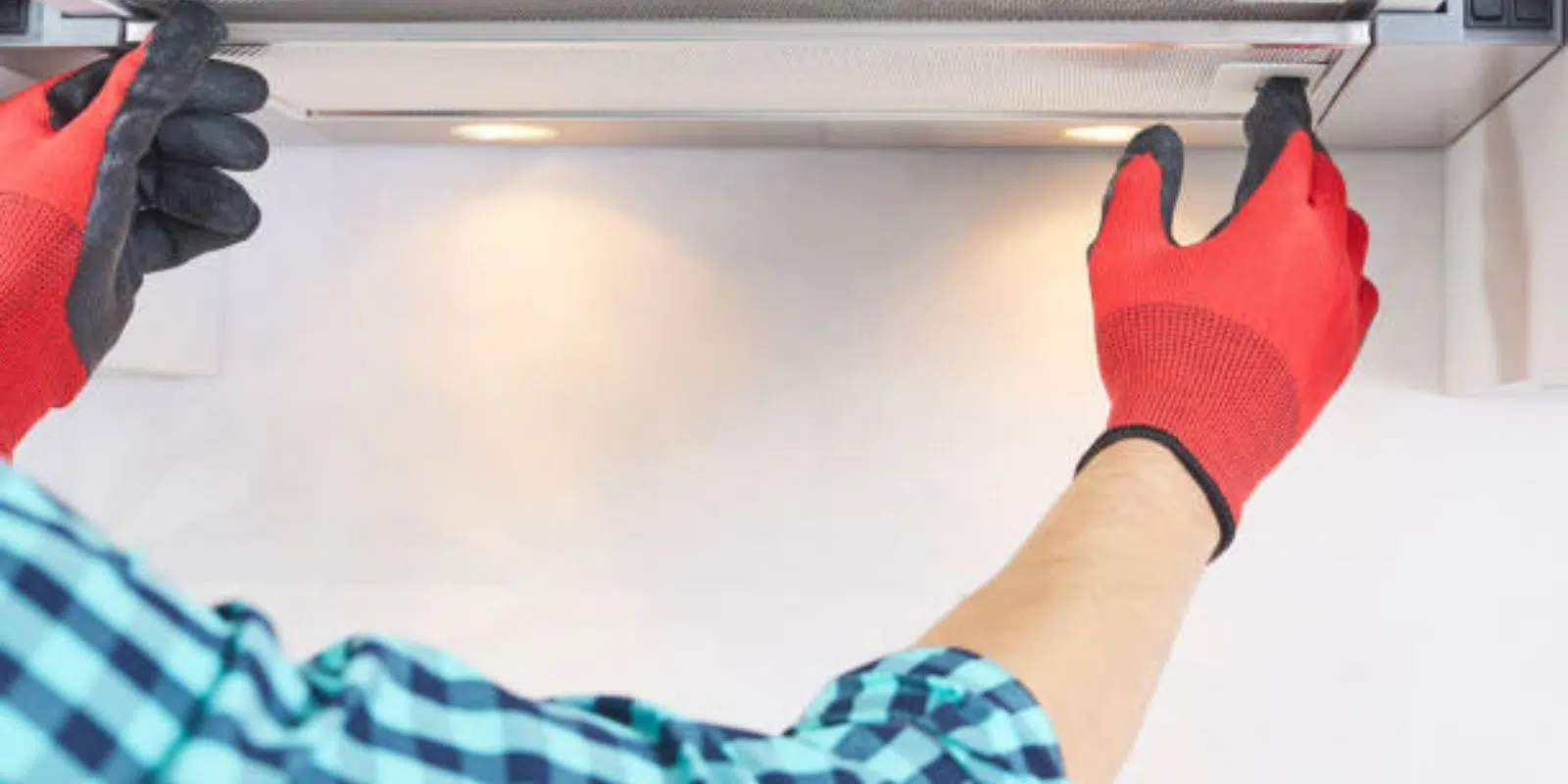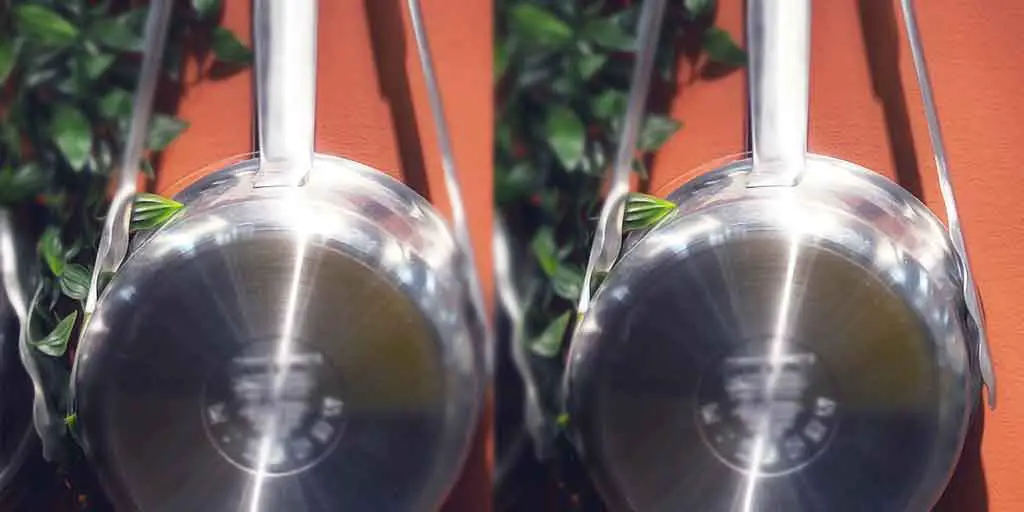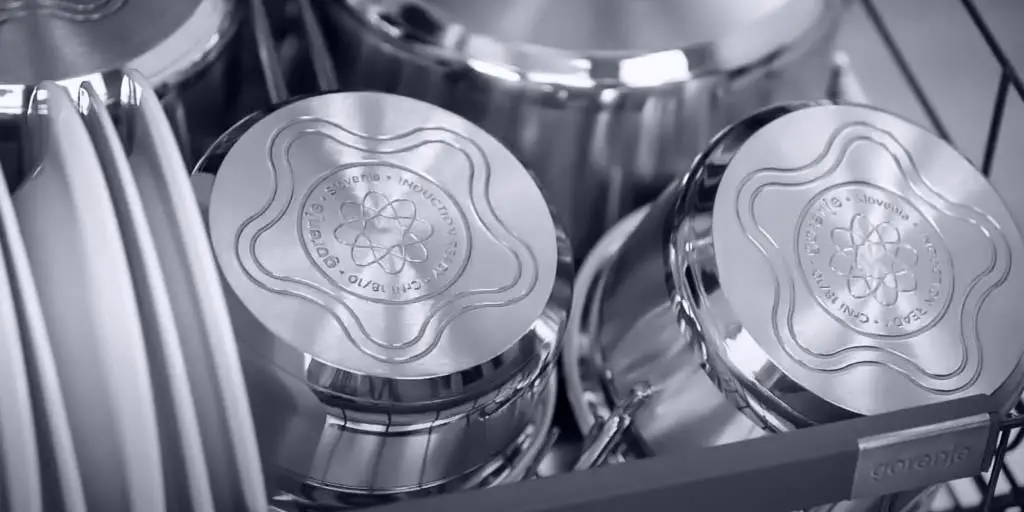How To Clean a Pasta Maker with Water & Cloth or Polymer Clay
If your internet searches have led you to this article, then we’re sure that you are standing in front of your first pasta maker. Probably wondering how is this thing even cleanable.
Well, pasta making is fun. Cleaning? Not so much. So here is a step-based tutorial on how to clean pasta maker efficiently without any hassle.
Contents
Why Does Your Pasta Maker Need Proper Cleaning?
Before you learn to clean a pasta maker you must first understand how it works. By simply grasping how your machine rolls out those delicious pastas, you will have a proper idea of cleaning pasta machines. Let’s dive in for a better insight.
Pasta makers take in the circularly rolled dough through the barrels and roll out flatter versions of the dough. The width between the barrels is shortened gradually. So every time you repeat the process, the dough gets flatter. Therefore, residues of dough accumulate within the machine because of the increasing pressure.
An unclean machine will never have the same output as a clean one. A well-maintained pasta maker lasts longer and gives the best results. This is the most essential reason why you should regularly clean your pasta maker.
Types of Pasta Maker
There are a couple of ways to differentiate pasta makers. But for the sake of better understanding, we are going to fragment all sorts into Manual and Automatic (also known as electric) pasta makers.
Manual Pasta Makers
The traditional-style pasta machine that you see in every pasta enthusiast’s kitchen is a manual one. They are driven by hand-force and require quite a lot of labor for the desired output. But on the brighter side, they are much more controllable, even amid an ongoing rollout.
Manual pasta machines are best for making spaghetti and linguine. They are quite inexpensive compared to the electric ones due to being hand operated. You will need a hand crank to operate it, so the thickness and flow can sometimes be inconsistent.
Electric Pasta Makers
Simply put, electric pasta makers are just manual pasta makers that do not need hand-cranking because they feed on electricity. So the prime reason why electric pasta makers are so popular today is because of their ease of use, instant output, and modern designs.
In an electric model, all you have to do is set the speed and thickness before feeding the dough. They offer consistency and require low effort. This makes them an instant favorite to many chefs all around the world.
Apart from the electrical and manual makers, you may use the best polymer clay pasta machine to roll out and condition clay as well. It isn’t every day that a potter and a chef share the same instrument for their daily work.
Steps to Clean a Pasta Maker
If you don’t know your way around a pasta maker then cleaning it can get a bit tricky. Don’t worry because here we have an in-depth tutorial to show you how to clean pasta rollers very easily. Remember that the best way to clean your machine is the one mentioned in the manual that came with it.
Water and Cloth Method
- Note that this method is most suitable for manual pasta makers.
- To clean the frame off all residue and dust, wipe it using a little soapy water and a cotton cloth.
- Increase the roller width to largest and hold a wet cloth against the opening. Wind the hand-crank 10-20 times while holding it there.
- Given that you’ve used your pasta maker at least once before, it’ll have bits of dough stuck within. To clean that, disassemble the pasta machine by following the manual.
- Clean the disassembled parts using a wet cloth or just put the dishwasher safe parts in the dishwasher.
- Do not clean the base of an electric pasta maker using wet cloths. Keep the electrical parts away from water.
- Wrap a paper towel around a skewer and reach out for the intricate parts inside the machine where the cloth couldn’t reach.
- After you’re done with these, simply assemble the parts carefully on a flat surface and you’re good to go.
Polymer Clay Method
- Unlike the previous method, this method works well for both manual and electric pasta makers.
- Take some polymer clay and flatten it a little using your hand.
- Roll out the polymer clay through the rollers in the highest width.
- Slowly and gradually decrease the width every time you repeat the process.
- By doing so, you will be getting hold of all the dried up dough residue (from before) on the polymer clay.
- Potters can also do the same thing by substituting white clay for polymer clay to extract all the unnecessary residue colors.
- Take a moist cloth and clean the other parts of the pasta maker by turning it upside down to reach all the intricate parts. Use a skewer if necessary.
- Lastly, wipe the entire machine with a dry towel and it should be good as new.
Frequently Asked Questions
In the following section, we decided to deliver the answers to all the inevitable questions that we normally get from pasta maker users. The purpose? A better understanding of the cleaning process.
What are the best cleaning agents for my pasta maker?
Depends on the material of the pasta maker. Although we don’t recommend using anything other than a little soapy water. Using hard cleaning chemicals can affect the future output of your pasta maker, so it’s a no-go there.
Can I clean my pasta maker in the dishwasher or under tap water?
No, you should never clean the entire machine in the dishwasher nor under tap water. You should only use tap water to wash removable (and washable) parts. Similarly, never put anything other than dishwasher safe parts in the dishwasher.
Why did my pasta maker become rigid and rusty after cleaning?
This is a common problem among metal pasta maker users. Rigidity and rusting mostly happen when users forget to wipe the machine dry after cleaning. Leaving water to accumulate overnight causes rusting. Avoid this problem by simply using a dry paper towel or a can of compressed air to get rid of all moisture.
Clean Up Your Pasta Maker in No Time!
Cleaning a mechanical machine can appear intimidating, but with the right steps, you can clean it with ease. Now that you know how to clean pasta maker properly, nothing should stand in your way to the perfect pasta dish!

